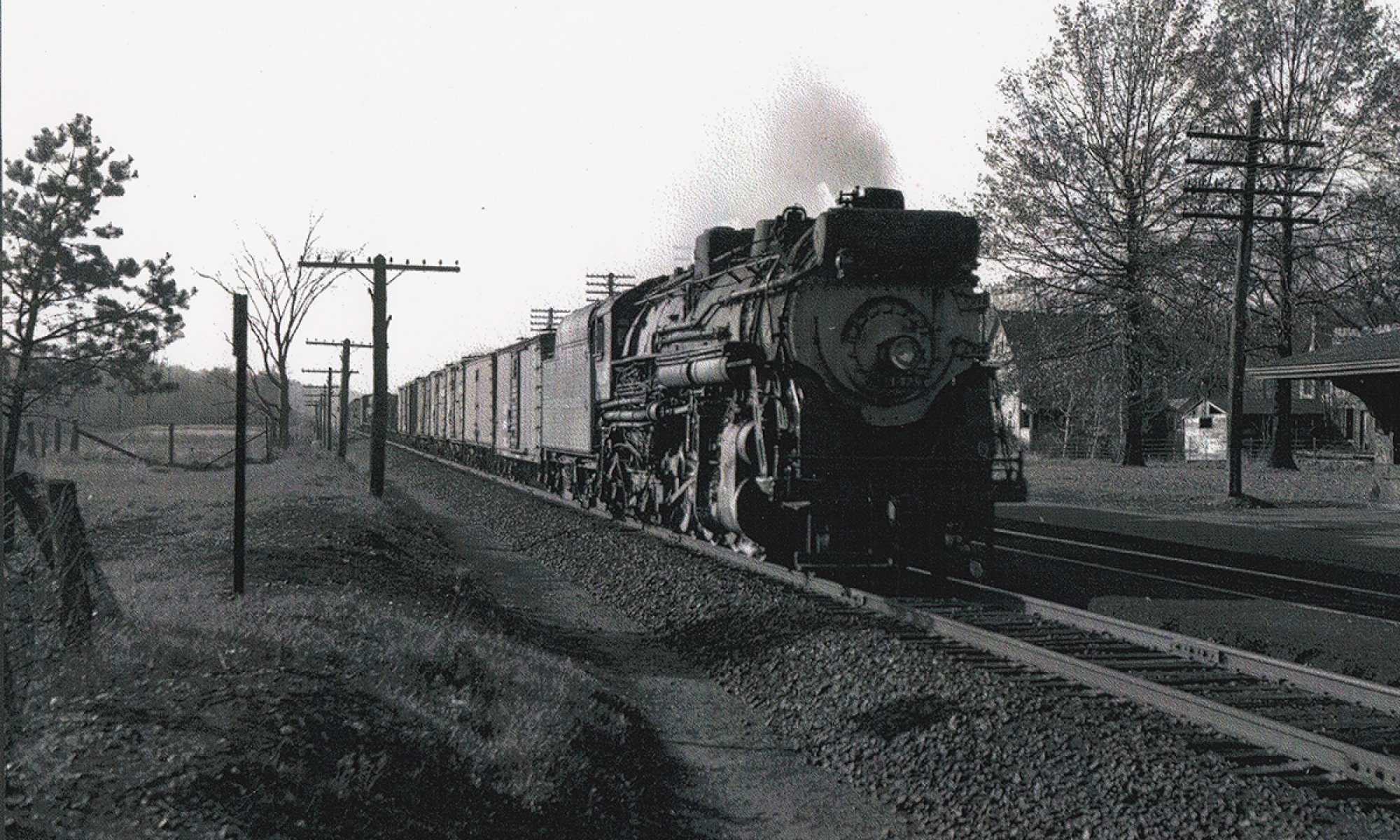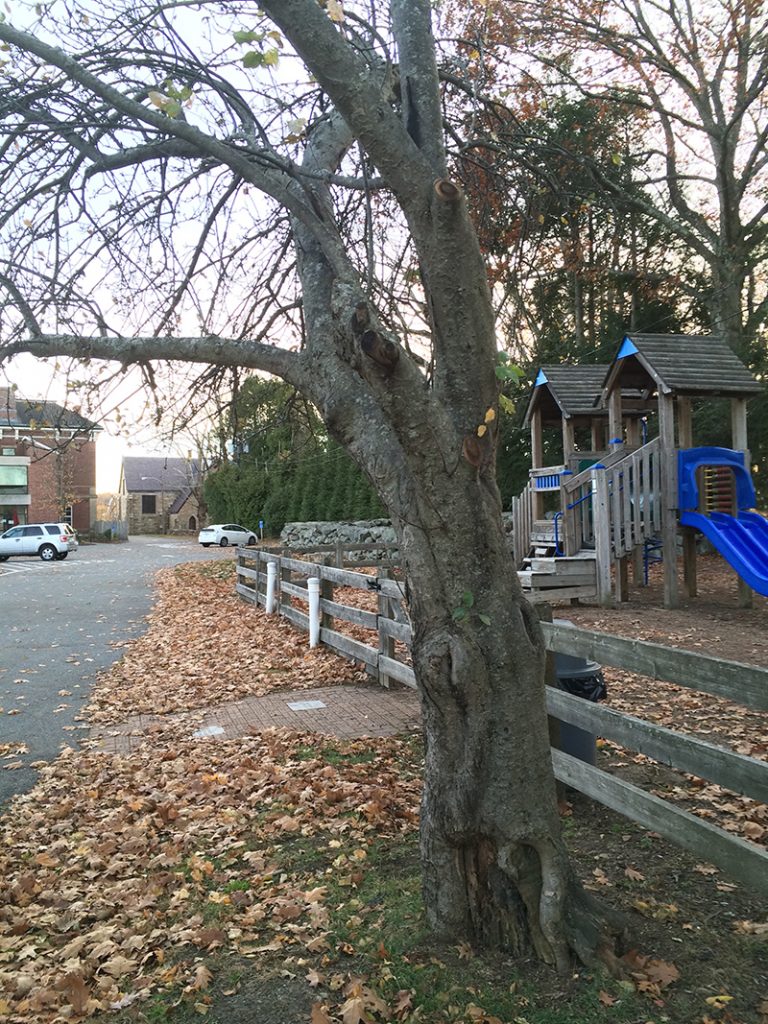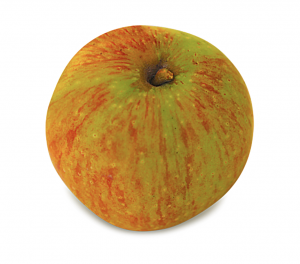I often think as I get in my car to travel the three or four minutes from my home to the museum, how long this trip would have taken a hundred years ago. Granted, I might have had a car in 1917, but more likely for Southborough, I would have had a horse, and saddling a horse and riding those few miles is a half-hour operation at best. Walking is about the same (you save the time of saddling and unsaddling) and biking was (and is) about 10 minutes, with one major hill.
Imagine then how thrilling it must have been to go from Boston to Worcester in 2 hours by trolley! Now of course, train travel had been around since the 1830s, but with limited local service. The Boston & Albany’s tracks on the border with Hopkinton were a major freight line, as well the route of the named ‘varnish’ trains (the Boston end of the famed 20th Century Limited passed daily through Southborough, for instance) headed for New York, Chicago and all points west.
But on a trolley, all things were local. You could get on and off at will, plus, during the summer months the cars were open-air, and the route truly scenic. Speaking of the Southborough portion west to Worcester, the booklet below simply glows: “This portion of the road, running through woods and fields, with fleeting glimpses of all that makes the New England landscape famous, give the tourist a trip long to be remembered.” To the east of Southborough the route ran through the middle of today’s Rt 9, the old Boston Worcester turnpike, which by the time of the Airline’s construction in 1901, had been largely abandoned. It must have been an incredibly beautiful trip through the rolling hills of unspoiled countryside and quaint little villages, and in fact the Airline ran special cars for “Trolley Parties,” which were popular day-long excursions in the early 1900s.
The booklet below has never to my knowledge been published online, and is here represented in full size: just click on the images to expand. The very rare fold-out birds-eye view map is truly one-of-a-kind. The booklet is not dated, but can be reasonably assigned to the very first years of the Airline, as the map doesn’t show the White City Amusement Park, which became a major attraction on Lake Quinsigamond by 1905.
This first-time publication is the product of the Society’s continuing efforts to share our history widely and make our collections accessible to all, and a perfect example of why we need and value your continued financial support. Donations are easy to make online: just click the button at the end of this post. More pictures of the Airline are available HERE.
In the meantime, enjoy this long-lost booklet, newly restored to view.
Click on any image below to expand
The fold-out map below is 30″ long and 24MB. But, you can browse to your heart’s content. Maximize your browser size to fully enjoy!

















